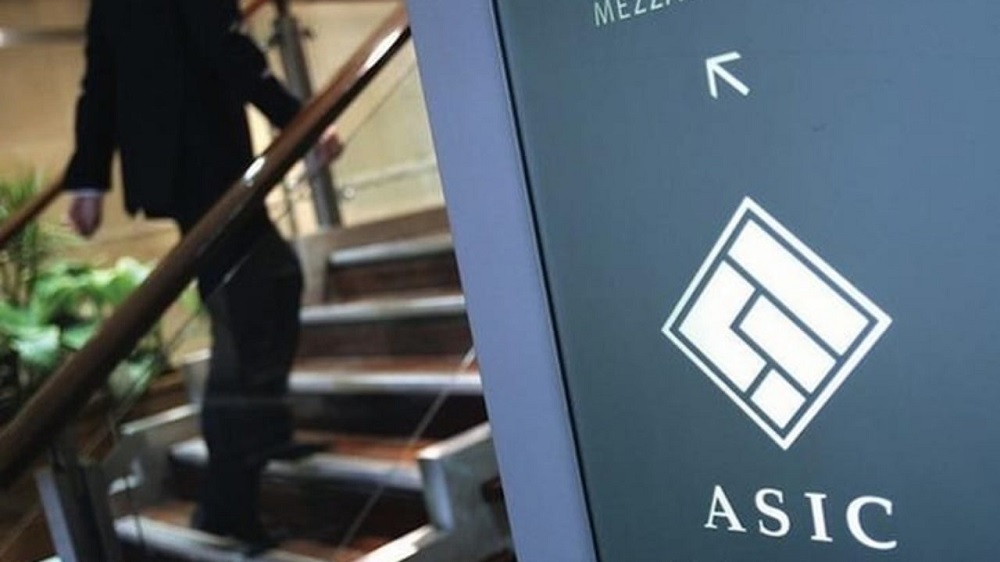ASIC urges licensees to improve remedial procedures
The Australian Securities and Investments Commission is urging Australian financial services and credit licensees to ensure that affected customers are remedied promptly and fairly.。

The Australian Securities and Investments Commission (ASIC) is urging Australian financial services and credit licensees to ensure that affected customers are remedied promptly and fairly in accordance with ASIC's guidance in the Consumer Remedies Regulatory Guide 277 (RG 277).。
It follows a recent review by ASIC of the remedial policies and procedures of a number of large financial institutions to assess their implementation of RG 277.。The review found that the policies and procedures of some licensees were inconsistent with RG 277 and could lead to undesirable outcomes for clients.。The Australian Securities and Investments Commission has written to the licensees included in the review outlining the key findings and concerns。
Key findings
● Remedial review period: Rule 277 of the Regulatory Rules reinforces the requirement that the remedial review period shall commence when the licensee has reason to suspect that the misconduct or error has first occurred and caused damage to the consumer.。However, the Australian Securities and Investments Commission has found that some policies may unduly narrow the scope of the remedial review period, such as the inclusion of unnecessary approval procedures in order to keep the review period beyond a certain number of years。
● Use of "favorable assumptions": RG 277 allows licensees to use customer-favorable assumptions in relevant situations to bridge knowledge gaps and improve the timeliness of remediation。The Australian Securities and Investments Commission's review shows that licensees do not always consider favourable assumptions as a mechanism to achieve efficient remedies.。
●。The Australian Securities and Investments Commission noted that some licensees pre-determined rates for specific products or circumstances.。However, it is not always clear whether these predetermined rates have been adequately reviewed and controlled to ensure that these rates are appropriate under the circumstances。
● Reasonable efforts: In accordance with Rule 277 of the Regulatory Rules, the licensee shall make reasonable efforts to contact and make payments to affected consumers, and the reasonableness shall be determined on a case-by-case basis。The review found examples of prescriptive approaches, such as a predetermined number of contact attempts, which may not be sufficient in some cases。Licensees adopting this approach should take care to ensure sufficient flexibility and good consumer results。
● Low payment threshold: RG 277 allows payments to non-profit organizations if the licensee does not have current payment information for former customers who owe less than $5。In its review, the Australian Securities and Investments Commission found evidence that there were policies that could result in certain customer groups where licensees had payment information not receiving payments of less than $5.。Oversight and control - RG 277 stresses that to ensure fair and timely redress, licensees should have a governance framework with appropriate oversight and accountability。Review finds general lack of focus on equity in governance frameworks。
The Australian Securities and Investments Commission expects all licensees to adapt their remedies to the guidance in RG 277.。The licensee shall consider the main findings of the review and make necessary changes to its policies, procedures and practices。
Disclaimer: The views in this article are from the original Creator and do not represent the views or position of Hawk Insight. The content of the article is for reference, communication and learning only, and does not constitute investment advice. If it involves copyright issues, please contact us for deletion.